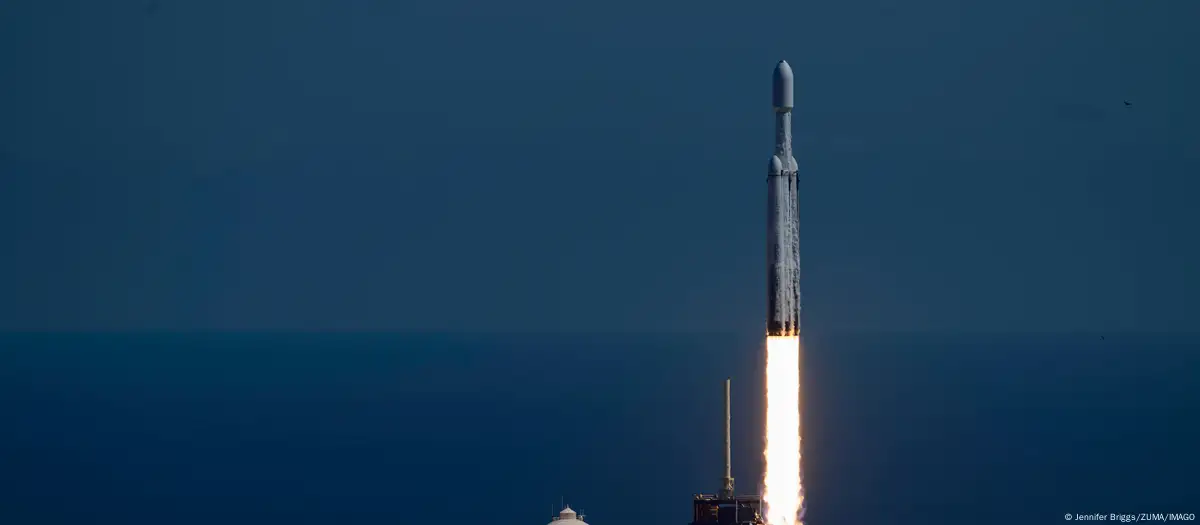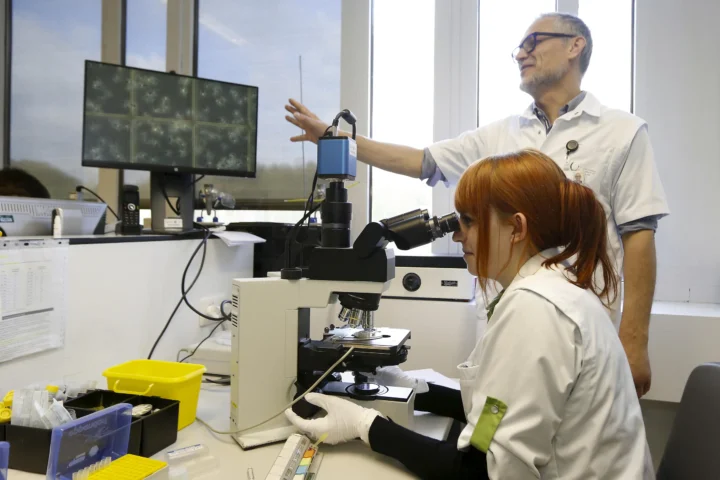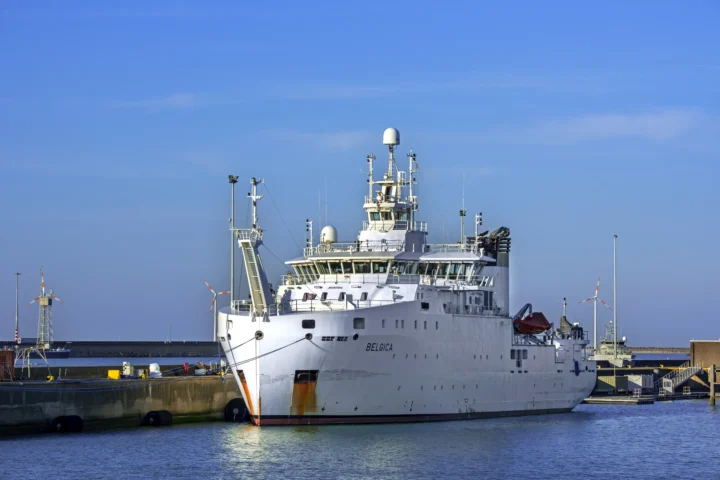A NASA spacecraft has lifted off on a quest to explore one of Jupiter’s moons with scientists suspecting a deep ocean could exist beneath its icy crust.
A NASA spacecraft lifted off on Monday on a quest to explore Jupiter’s moon Europa, with the possibility that it might have a vast hidden ocean which might hold the keys to life.
The powerful SpaceX Falcon Heavy rocket blasted off shortly after noon (1600 GMT/UTC) in Florida, with the probe — Europa Clipper — set to reach Jupiter’s moon around in five and a half years.
NASA later confirmed that it had received a signal from the probe and that its giant solar arrays, made to capture the weak light that reaches Jupiter, had fully unfolded.
Europa could be ‘habitable’
The mission will allow NASA to uncover new details about Europa, which scientists believe could conceal an ocean below its icy surface.
“With Europa Clipper, we’re not searching for life on Europa, but we’re trying to see if this ocean world is habitable, and that means we’re looking for the water,” NASA official Gina DiBraccio said prior to the launch.
“We’re looking for energy sources, and we’re really looking for the chemistry there, so that we can understand what habitable environments might be throughout our whole universe.”
The $5.2 billion (€4.8 billion) mission almost got derailed as NASA didn’t learn until spring that Clipper’s transistors might be more vulnerable to Jupiter’s intense radiation field than had previously been thought.
Clipper will sustain radiation equivalent to several million chest X-rays during each of its 49 Europa flybys.
NASA spent months evaluating everything before concluding in September that the mission could proceed as planned.
Hurricane Milton caused launch postponement
Hurricane Milton delayed the launch by several days, with the US state hit hard by the storm.
But with a semblance of normalcy returning, liftoff was able to take place on Monday.
“What a great day. We’re so excited,” Jet Propulsion Laboratory (JPL) Director Laurie Leshin said afterwards.
With its solar wings unfurled, Clipper is around the size of a basketball court.
The probe, which weighs around 13,000 pounds (roughly 5,700 kilograms), should reach the Jupiter some time in 2030.
Clipper will circle the solar system’s largest planet every 21 days.
A huge new paradigm for searching for life in the galaxy
If some form of life is found on one of Jupiter’s moons, “think of what that means when you extend that result to the billions and billions of other solar systems in this galaxy,” Europa Clipper program scientist Curt Niebur told reporters.
“Setting aside the ‘Is there life?’ question on Europa, just the habitability question in and of itself opens up a huge new paradigm for searching for life in the galaxy,” he said.
Clipper will operate at the same time as the European Space Agency’s (ESA) Juice probe, which will study two of Jupiter’s other moons, Ganymede and Callisto.








